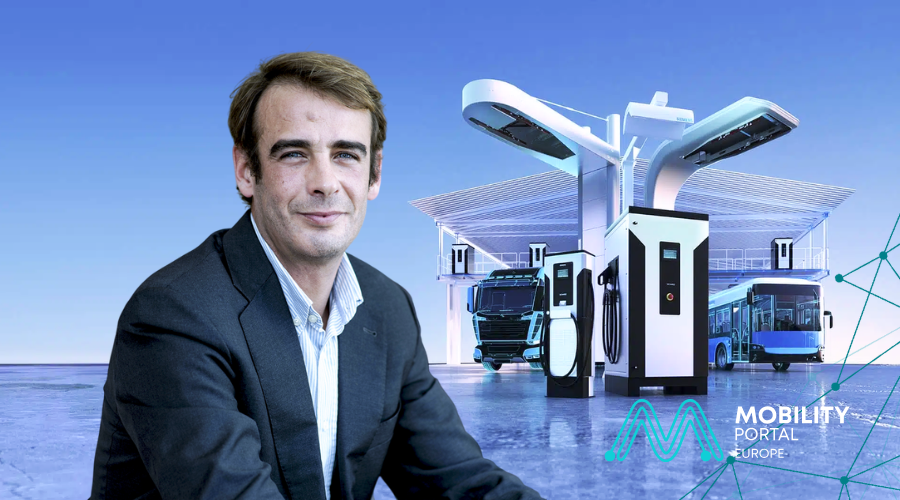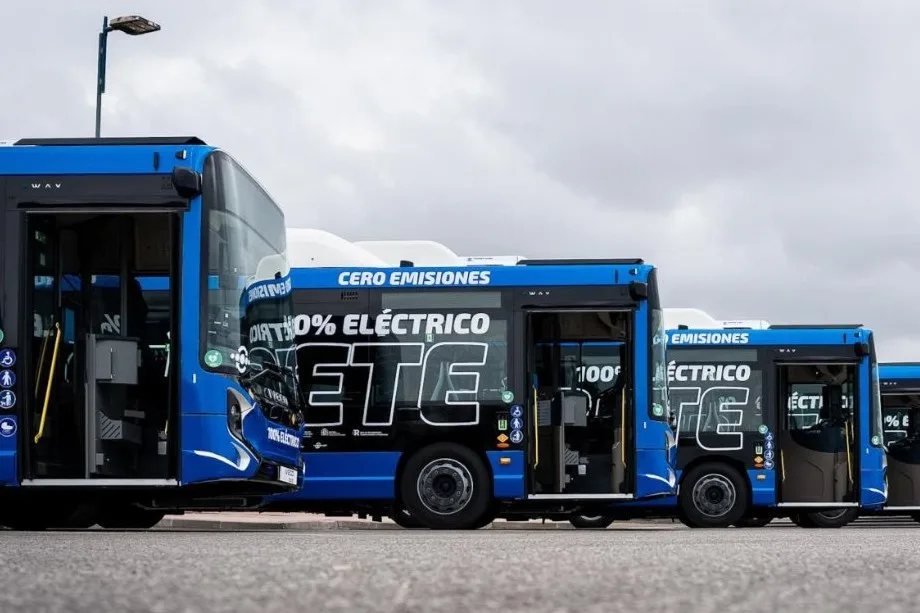With the first semester of 2025 concluded and analysed, the Mexican automotive industry is “navigating” a complex environment.
The current 25% tariff on vehicles exported to the United States (US) under the USMCA framework, combined with the threat of additional tariffs—whose negotiation deadline was recently extended by 90 days—has reinforced a climate of volatility.
Immediate data reflects this tension: consumer prices rose by an average of 1.5% in June, according to figures released by INEGI (National Institute of Statistics and Geography), marking the highest increase in a year.
In the case of the US, the impact was much lower: figures from the Department of Labour show that new car prices in that country rose by 0.6% in June—unchanged from May and lower than in April.
As for vehicle sales, July saw a 0.6% decline, totalling 124,480 units, according to the Administrative Registry of the Automotive Industry for Light Vehicles (RAIAVL). This marks the fourth consecutive month of decline.
What about electrified cars?
As of the end of June this year, INEGI reports that sales of electric, plug-in hybrid, and conventional hybrid vehicles totalled 11,266—just slightly above the same month last year (10,391).
Different figures are reported by EMA (Electro Mobility Association), whose “Barometer” report states that 43,656 electrified vehicles were sold during the first half of the year, compared to 16,791 in the same period of 2024.
The discrepancy in statistics is due to the fact that some carmakers report their sales to certain associations but not to others.
Nonetheless, while year-on-year comparisons suggest that trade turbulence hasn’t drastically affected the electrified light vehicle segment, the broader outlook is what currently concerns the Mexican industry.
The automotive sector’s viewpoint
According to a survey by Mobility Portal Latin America, the industry is not in a state of “panic” but is undergoing a process of strategic re-evaluation, showing operational resilience while also exposing the gaps in national public policy.
This landscape, which Alfredo Arzola, Director of the Guanajuato Automotive Cluster, describes as having “the coin in the air,” directly impacts production and purchasing decisions in the country.
However, despite the uncertainty, most sector players agree that the main challenges do not come from external factors, but from the need for a clear and bold national electromobility policy.
Rogelio Garza, Executive Director of the Mexican Automotive Industry Association (AMIA), asserts that there is no immediate risk of disinvestment.
“Companies, in light of the tariffs, are reassessing their global footprint,” Garza acknowledges, but adds: “I don’t see any risk in the short term of a plant leaving Mexico.”
This calm is based on the industry’s remarkable adaptability. Daniel Hernández, Director of the Querétaro Automotive Cluster, explains that the industry had already anticipated this scenario.
Its resilience lies in a flexible manufacturing strategy. “A major advantage is that most OEMs (Original Equipment Manufacturers) began incorporating different technologies on the same platform a few years ago,” Hernández notes.
This means that if demand for fully electric vehicles (BEVs) contracts, production lines can shift the mix towards combustion or hybrid models, as most of the components remain the same.
According to Hernández, the immediate production impact is “marginal.” Global projections, he says, only reduce North American output by around 150,000 units—manageable for an industry now focused on how the market will redistribute over the next two years.
Geopolitical tensions and domestic policy shortcomings
The complex external environment has amplified the urgency to address domestic policy voids.
Eugenio Grandio, President of EMA, argues that one of the major issues is that “many brands that offer excellent electric vehicles in other markets simply don’t make them available in Mexico.”
The solution, he argues, lies in tightening the vehicle efficiency standard (NOM-163) to “push the automotive industry to bring in the best technology.”
Another criticism from Grandio targets the lack of differentiation in fiscal benefits. “Currently in Mexico, electric and hybrid vehicles receive almost the same incentives,” he laments.
EMA proposes that benefits like vehicle tax exemptions or green plates be separated to give more advantages to fully electric vehicles, since a hybrid, in their view, “is still just a more efficient petrol car.”
This need for locally adapted policies becomes evident when looking at the market.
The average price of a new car in Mexico is 560,000 pesos (around $23,000 USD), well below the $42,000 to $46,000 average in the United States.
To scale up electromobility, the offering must match this reality—something demonstrated by the success of more affordable models like the BYD Dolphin Mini (400,000 MXN / 21,000 USD).
As Alfredo Arzola previously said, “the automotive coin is still in the air.”
READ MORE
-
Siemens acelera en Iberia: 300 puntos de recarga para eBus y alcanzará los 1,3 MW de potencia
La compañía consolida su presencia en la región con foco en flotas de autobuses, camiones, acuerdos con CPOs y el lanzamiento de nuevas soluciones de alta potencia. Aquí, un adelanto de lo que está por venir de la mano de João Gouveia, Business Unit Manager eMobility Iberia de Siemens.
-
Webinar exclusivo: TCO y recarga inteligente, las claves para electrificar flotas a gran escala en España
Bajo registro gratuito, el 15 de octubre (15 h, Madrid) Mobility Portal España reúne a referentes para optimizar TCO y recarga inteligente en flotas a gran escala, con estrategias y casos reales.
-
Málaga acelera la electrificación de su flota: 20 nuevos autobuses sostenibles en 2025
Málaga continúa reforzando su estrategia municipal de descarbonización del transporte público, que busca reducir las emisiones, modernizar la flota y adaptarse a los estándares europeos de movilidad sostenible.









